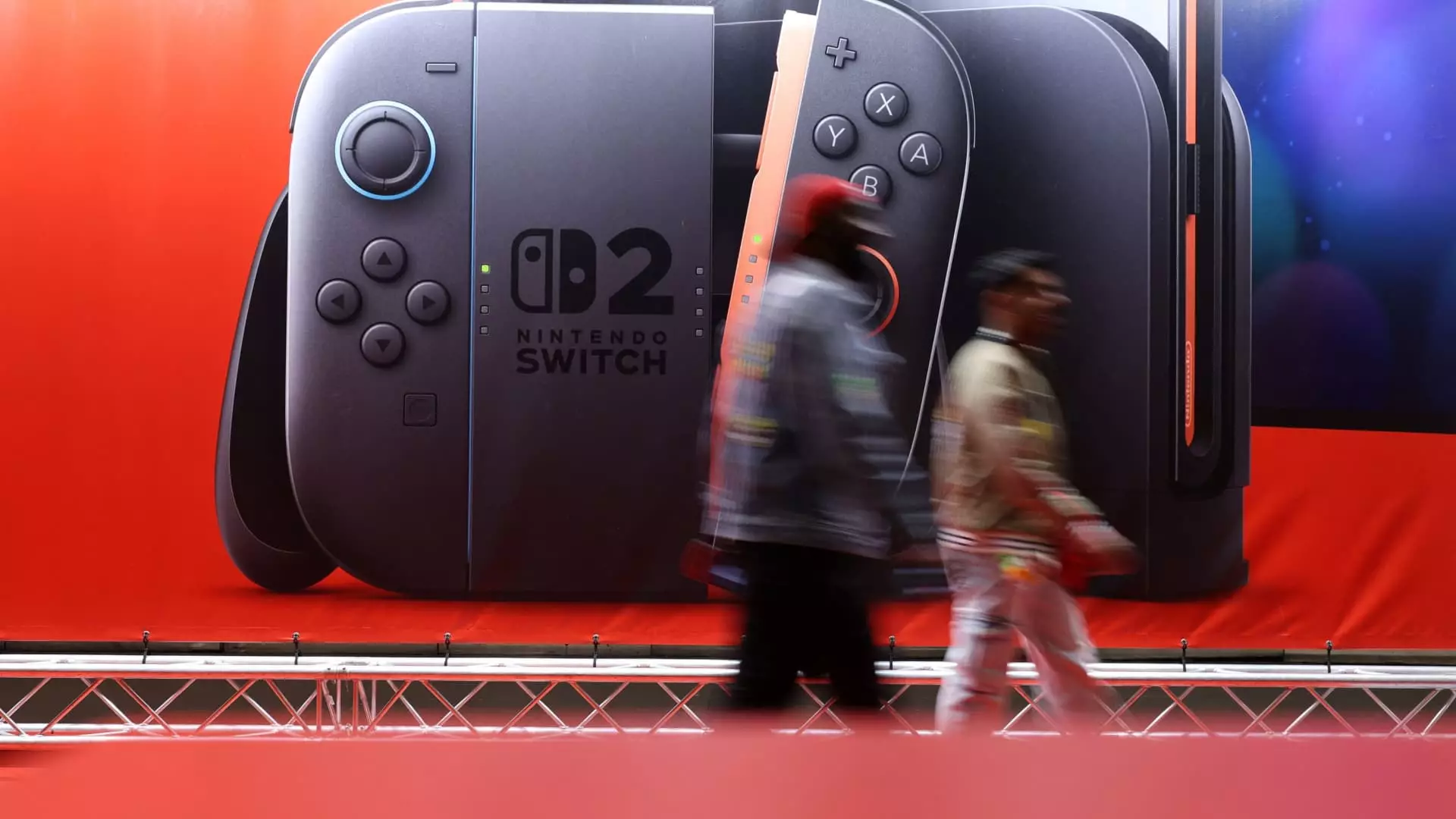The gaming community is buzzing with the recent announcement from Nintendo, projecting a modest 15 million unit sales for the Switch 2 in the fiscal year ending March 2026. While this appears ambitious at first glance, a deeper investigation reveals troubling signs that indicate Nintendo may be setting itself up for a steep fall rather than a soaring revival. With sales expectations driven by fan excitement, the reality could grimly differ posing serious questions about Nintendo’s strategy as it attempts to revive its platinum status amidst rising competition.
Uncertainty Amidst High Hopes
In its fiscal report, Nintendo demonstrated a sharp decline in revenue, reporting a 24.7% drop in the fourth quarter and an alarming near 50% fall in net profit. The figures, although not unexpected as fans eagerly bide their time for the new console, dampen the optimistic rhetoric surrounding the Switch 2. The overarching sentiment from investors seems hesitant; while there’s a desire for excitement around a console designed to rejuvenate sales, the reality is that many customers are waiting for a paradigm shift in gaming technology. The anticipation for the Switch 2 could be a double-edged sword.
Forecast Flaws
The financial forecast for Nintendo is superficially impressive, projecting a 63% year-on-year jump in net sales to 1.9 trillion yen. However, this prediction falls short of the 2 trillion yen target set by LSEG estimates, raising eyebrows about the credibility of Nintendo’s projections. If the company’s performance has already weakened by the appeal of the current Switch model, can we honestly expect a magic turnaround when the new product hits the market at a starting price of $449.99? History shows us that high prices can deter consumers, and if the new features don’t exceed expectations, the Switch 2 may find itself fighting an uphill battle.
Delayed Ambitions and Rising Competition
Adding insult to injury, pre-order delays for the Switch 2 are a direct consequence of geopolitical developments, particularly the tariffs imposed by the Trump administration on global manufacturing. Nintendo’s choice to manufacture in Vietnam is linked to its pricing strategy, but the fallout from political missteps isn’t something that can easily be brushed aside. In a world where gaming competitors like Sony and Microsoft are consistently advancing their hardware, Nintendo seems to be falling further behind in innovative technology, risking irrelevance.
Nintendo’s Iconic Franchises: A Double-Edged Sword
While it’s commendable that Nintendo has retained fan engagement through beloved franchises such as Super Mario and Pokémon, this reliance on nostalgic properties must raise alarms. The novelty of these characters may not be enough in an industry quickly evolving with sleek graphics, immersive gameplay, and cross-platform capabilities. Gamers, particularly the younger demographic—the future of this market—may not be as enchanted by legacy characters. If Nintendo’s new offerings do not resonate beyond nostalgia, we could witness a shift of customer allegiance that would be hard to recover from.
While Nintendo remains an iconic name in gaming, its future with the Switch 2 is marred with uncertainties that should not be overlooked. Despite their storied history, complacency could spell disaster as the company strives to regain its former glory.

